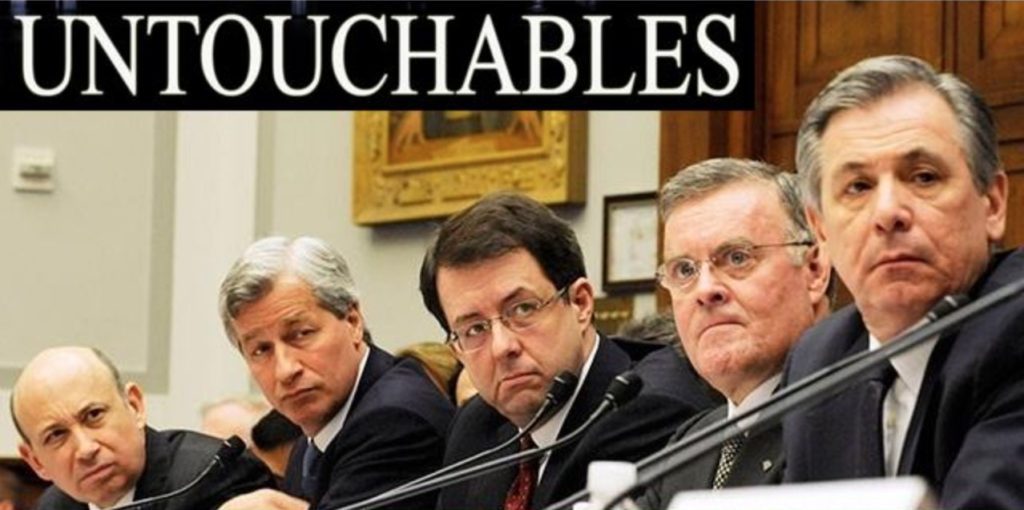Volatility-selling activity is continuing to drive the short-term performance of the S&P. Starved for yield, Ice Farm Capital's Michael Green explains that investors are selling volatility against their equity positions – and likely feeling their greatest risk is an upside move that takes them out of their underlying position. Against this, however, Green warns, the volatility selling is leaving them much longer than desired on a sharp down move. While current FOMO (fear of missing out) dominates, it’s important to remember that the pain trade is ALWAYS down.
As an aside, we note that the underlying trends of volatility-selling or buying minimum volatility ETFs, in some systematic belief that herding into this strategy will reduce risk. As Green details…
The flaws in human emotion and bias are often cited for reasons to embrace “passive” or systematic investing. Unfortunately, unless the allocation is truly passive (meaning ALL securities in equal proportion to their existence) as I have discussed over the last few weeks, it simply becomes another form of active speculation – this time around driven by a one-time decision by someone embedded in an ETF machine rather than the thoughtful attempts by a highly skilled analyst. “Allocate to solar? Which solar? Let’s pick the large and liquid names at the creation of the index and embed them through a modified cap weighted index.”
Welcome to rank speculation by ETF.
I’m currently working through the math (which I assure you is as exciting as it sounds) to measure the impact of flows into non-mkt cap weighted type ETFs, one that is capturing attention is the USMV ETF, the iShares Minimum Vol ETF:
Having attracted nearly $14B of investment, this has been a phenomenal return vehicle… barring of course that poor sucker who sold down 40% on August 24, 2015…
And that’s the core of the math… because as a growing algorithmic (not passive) vehicle allocates increasing quantities of capital to the “lowest” vol equities, it is introducing an endogenous risk of volatility associated with the inclusion in the ETF.
Historical modeling cannot identify this risk, because it never existed in history before! Welcome to the machine!
So with systemic fragility building (via ETF allocations to low vol stocks), the potential downside from considerably "longer" than desired exposure, is clearer in less "manipulated" markets, like the R2000 where a pattern very similar to 2007 is playing out and markets remain far from highs.
The R2000, especially the R2000 Growth is simply a H&S top that is mirroring the 2007/8 action. If correct (and as noted, it’s not complete), then target is 500 on RTY which would make a lot of sense:
Or put another way…
This would suggest the S&P around 900 which also makes a ton of sense from a price pattern and valuation standpoint – remember, as Green explains, as Boomers are forced to de-risk their portfolios, we should expect single digit P/E ratios in this decade just as we had them in the 1950s.
Against reported EPS of $86.30 for the S&P500 (not the $107 “before all the bad stuff” nonsense), the S&P is currently trading at 24x… a move to 900 would take it 11x. That’s the multiple we had in 2011…
As IceFarm's Michael Green concludes: "I think I’m right, but hope I’m wrong."
via http://ift.tt/1Zs5Xmo Tyler Durden
